Scelidosaurus: ready for its closeup at last
The first complete dinosaur skeleton ever identified has finally been studied in detail and found its place in the dinosaur family tree, completing a project that began more than 150 years ago.
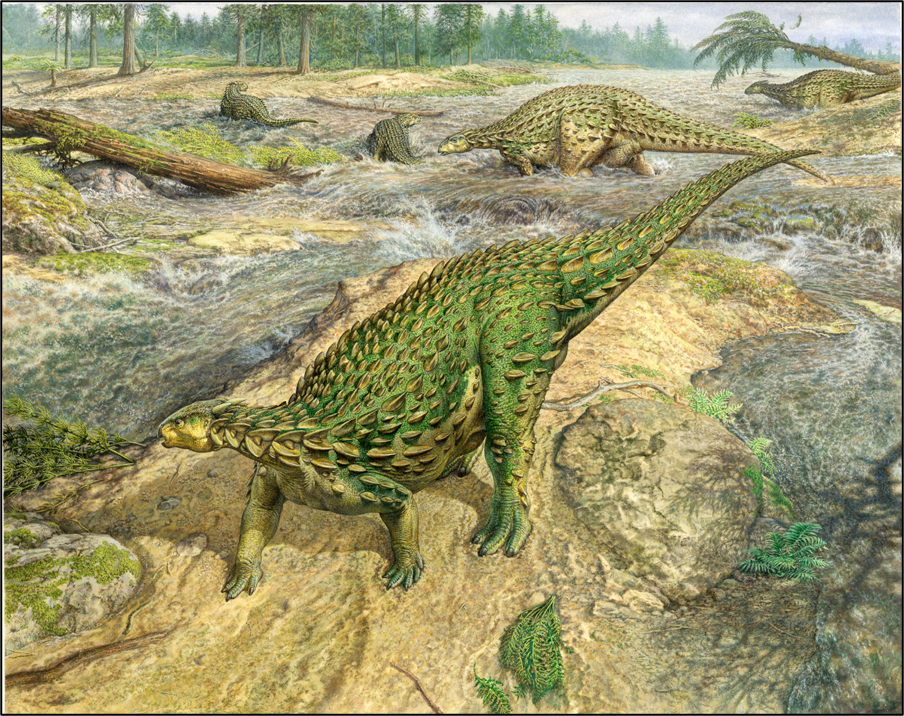
One hundred and sixty-two years ago, some fossilised bones were collected from the shore beneath Black Ven at Charmouth in west Dorset. They were sent to Richard Owen at the British Museum in London, who was at the time the acknowledged expert on fossils in Britain – among many other achievements, he had invented the word dinosaur.
These bones clearly belonged to a dinosaur, but were a jumble of the remains of several different animals. Owen encouraged the finder, James Harrison, to look for more specimens in order to clarify matters.
Within a year, Harrison had recovered a near-complete skeleton of one animal. Until that moment, dinosaurs had only been known from teeth and a few scattered bones, so their structure and appearance had been entirely speculative. Such rarity had led to the extraordinary (and largely incorrect) concrete models of dinosaurs built in 1853 and 1854 that can be seen today at Crystal Palace Park in London.
The world had its first dinosaur skeleton and it was in the hands of the man who had invented the word.
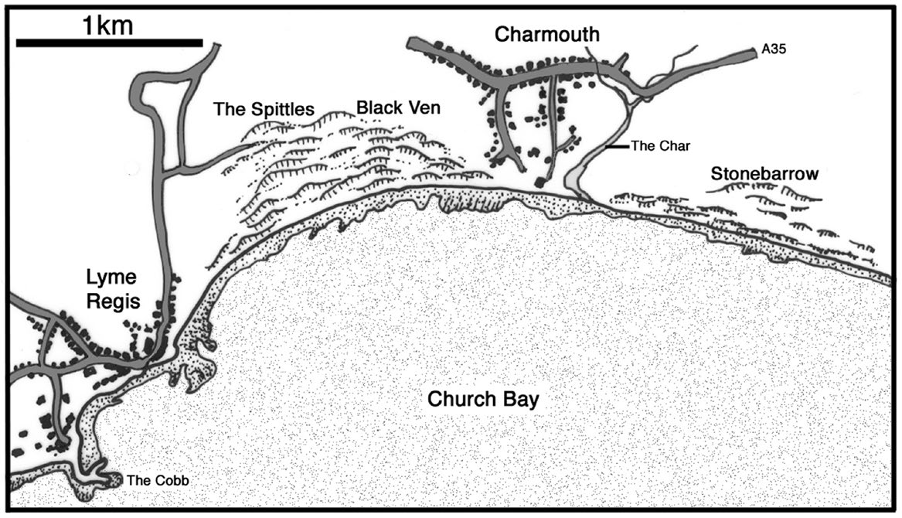
So, what did Owen do with this find? He published two short papers on its anatomy, but many details were left unrecorded. He failed to reconstruct the animal as it might have appeared in life, and made no attempt to understand its relationship to other known dinosaurs of the time. In short, he ‘re-buried’ it in the literature of the time, and so it has remained ever since: known, yet obscure and misunderstood.
For various reasons, the research staff of the Natural History Museum in London, where the specimen is now stored, did not restudy Owen’s old dinosaur, even though the skeleton had undergone decades of preparation to clean up its bones.
The rocks in which this dinosaur’s bones were fossilised, known as ‘Blue Lias’ on Dorset's Jurassic Coast, are around 193 million years old, close to the dawn of the Age of Dinosaurs, making it a potentially vital specimen to understanding how the major dinosaur groups evolved and how they relate to one another.
Over the past three years, Dr David Norman from the University of Cambridge's Department of Earth Sciences has devoted much of his time to preparing a detailed description and biological analysis of this dinosaur, called Scelidosaurus, completing a project more than 150 years in the making.
The results of Norman’s work, published as four separate studies in the Zoological Journal of the Linnean Society of London, not only reconstruct what Scelidosaurus looked like in life, but reveal that it was an early ancestor of ankylosaurs, the armour-plated ‘tanks’ of the Late Cretaceous Period.

Scelidosaurus: illustration by John Sibbick.
Scelidosaurus: illustration by John Sibbick.
In the latter half of the 19th century Harry Seeley, who had been trained in Cambridge by Adam Sedgwick, established a fundamental classification of dinosaurs based primarily upon the shape of their hip bones: they were either saurischians (‘lizard-hipped’) or ornithischians (‘bird-hipped’).
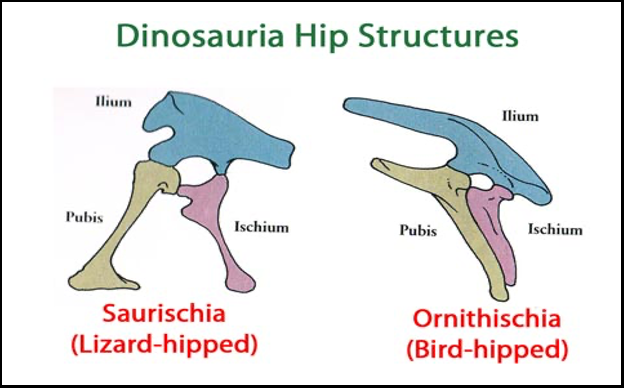
This classification, first published in 1888, proved reliable: all dinosaur discoveries seemed to slot neatly into one or other of these groupings. This implied relationships between the major known dinosaur groups:
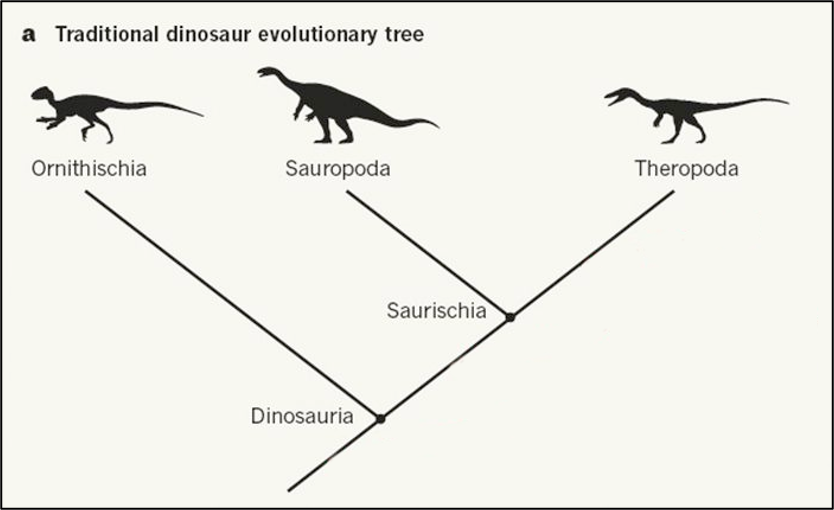
However, in a 2017 paper, Norman and his former PhD students Matthew Baron and Paul Barrett argued that these dinosaur family groupings need to be rearranged, re-defined and re-named. In a study published in Nature, the researchers suggested that bird-hipped dinosaurs and lizard-hipped dinosaurs such as Tyrannosaurus evolved from a common ancestor, potentially overturning more than a century of theory about the evolutionary history of dinosaurs.
Their new pattern of relationships looks like this:
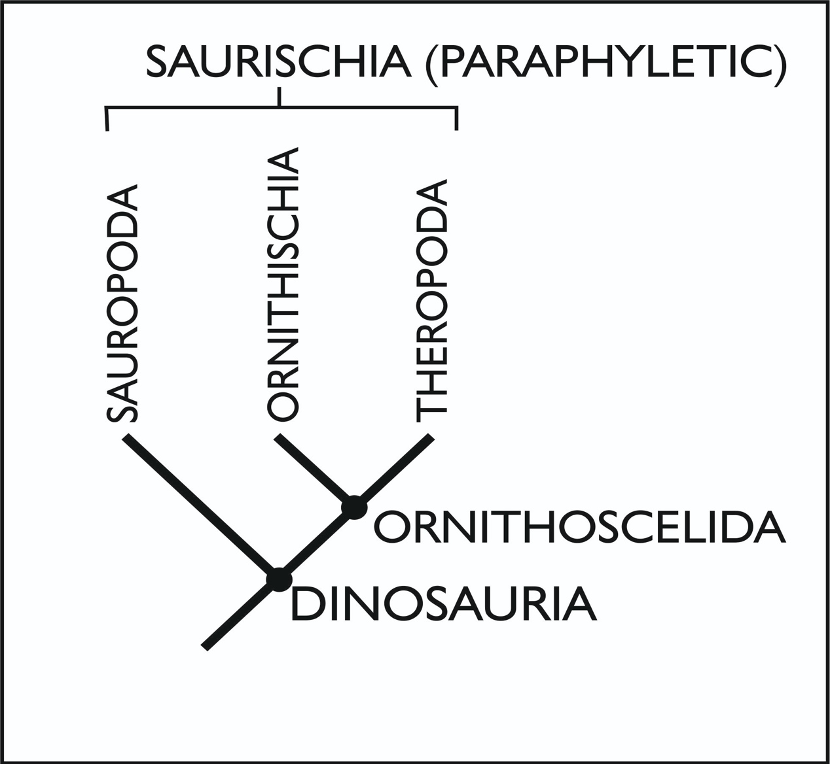
Another fact that emerged from their work on dinosaur relationships was that the earliest known ornithischians first appear in the Early Jurassic Period. "Scelidosaurus is just such an Early Jurassic dinosaur and therefore represents a species that appeared at, or close to, the evolutionary ‘birth’ of the Ornithischia," said Norman, who is a Fellow of Christ's College. "Given that context, what was actually known of Scelidosaurus? The answer: remarkably little!"
Norman's study of all known material attributable to Scelidosaurus has now been completed and reveals a host of firsts.
"Nobody knew that the skull had horns on its back edge," he said. "It also had several bones that have never before been recognized in any other dinosaur."
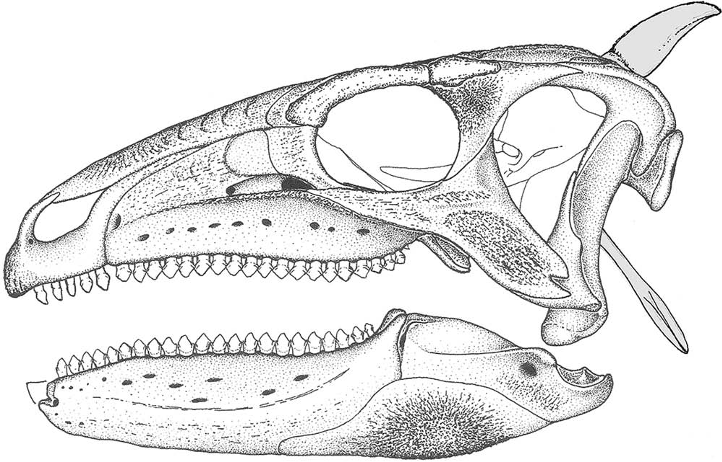
"It is also clear from the rough texturing of the skull bones that it was, in life, covered by hardened horny scutes - a little bit like the scutes plastered over the surface of the skulls of living turtles," said Norman.
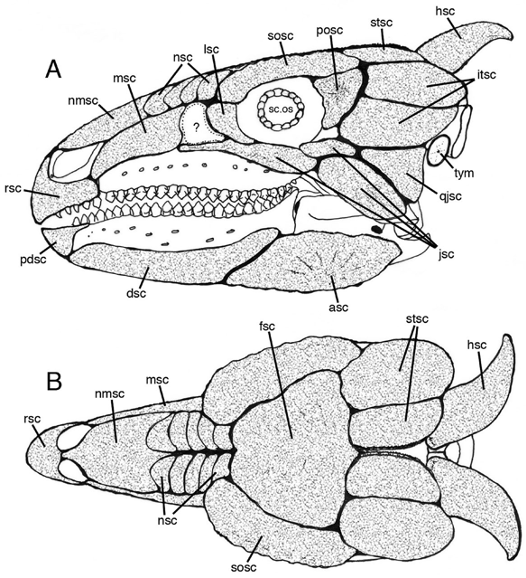
Its entire body was protected by skin that anchored an array of stud-like bony spikes and plates.
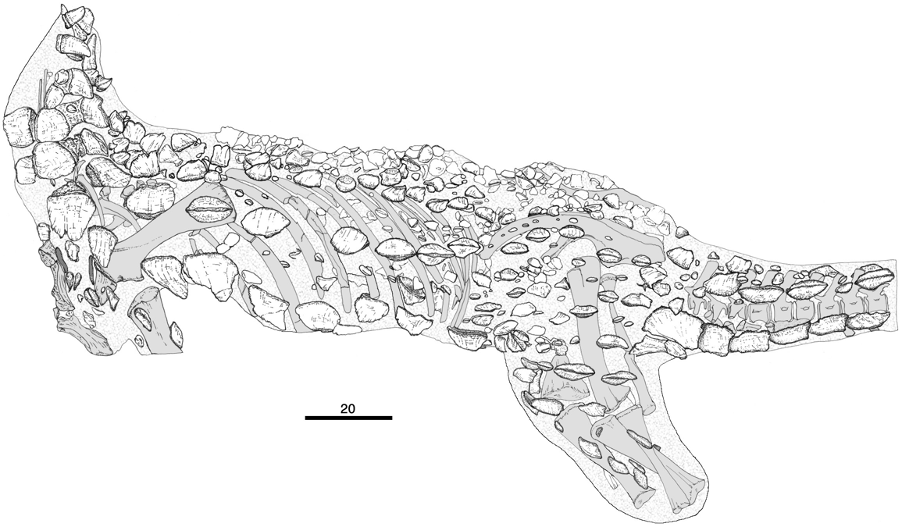
Now that its anatomy is well known, it has proved possible to examine the phylogenetic position and potential relationships of Scelidosaurus. It had been seen for many decades as an early member of the group that included the stegosaurs (including Stegosaurus with its huge bony plates along its spine and a spiky tail) and ankylosaurs (the armour-plated ‘tanks’ of the dinosaur era), but that was based on a poor understanding of the anatomy of Scelidosaurus. Now it seems that Scelidosaurus is an ancestor of the ankylosaurs alone.
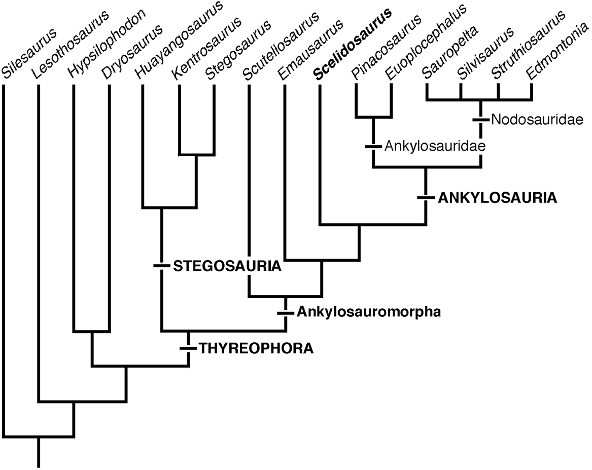
The new family tree that includes Scelidosaurus.
The new family tree that includes Scelidosaurus.
So why are Scelidosaurus remains found only at Charmouth? "We don’t know," said Norman. "This dinosaur lived at a time when most of the continents of the world were clumped together in a world we now call Pangea. So, logically, animals in ‘Dorset’ would have been able to roam the globe and their fossil remains should crop up elsewhere. But for the moment we only know this dinosaur from this one location."
The dinosaur bones found at Charmouth are located in the harder limestone bands seen in the sea cliffs. The limestone bands are ‘diagenetic’ having been created by calcium carbonate precipitation from groundwater flowing through coarser sandy sediment in which these dinosaurs were buried. The coarser sediments indicate brief periods of higher energy water flow – possibly created by periodic flooding in the area. The floods washed some dinosaurs into the sea where they drowned, became buried and eventually fossilised.
"It is unfortunate that such an important dinosaur, discovered at such a critical time in the early study of dinosaurs, was never properly described," said Norman. "It has now - at last! - been described in detail and provides many new and unexpected insights concerning the biology of early dinosaurs and their underlying relationships. It seems a shame that the work was not done earlier but, as they say, better late than never."
References:
David B Norman. ‘Scelidosaurus harrisonii from the Early Jurassic of Dorset, England: cranial anatomy.’ Zoological Journal of the Linnean Society (2020). DOI: 10.1093/zoolinnean/zlz074
David B Norman. ‘Scelidosaurus harrisonii from the Early Jurassic of Dorset, England: postcranial skeleton.’ Zoological Journal of the Linnean Society (2020). DOI: 10.1093/zoolinnean/zlz078
David B Norman. ‘Scelidosaurus harrisonii from the Early Jurassic of Dorset, England: the dermal skeleton.’ Zoological Journal of the Linnean Society (2020). DOI: 10.1093/zoolinnean/zlz085
David B Norman. ‘Scelidosaurus harrisonii (Dinosauria: Ornithischia) from the Early Jurassic of Dorset, England: biology and phylogenetic relationships.’ Zoological Journal of the Linnean Society (2020). DOI: 10.1093/zoolinnean/zlaa061

